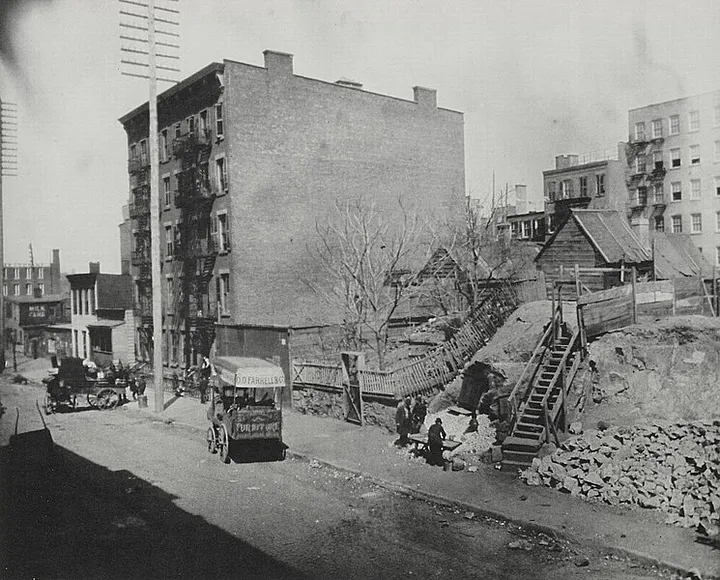Introduction:
The concept of a “mud flood” has captured the imagination of a subset of individuals who propose intriguing yet controversial theories about a historical catastrophe. This article delves into the mud flood phenomenon, examining its origins, the evidence put forth by proponents, and the mainstream perspectives that counter these claims. Let’s navigate through the murky waters of speculation and explore the foundations of this mysterious narrative.
Origins of the Mud Flood Theory:
The mud flood theory suggests that a catastrophic event involving massive floods or mudflows occurred in the 18th or 19th centuries, burying entire civilizations and erasing traces of their existence. Proponents often point to anomalous architectural features, such as ground-level windows and doors, as evidence of buried structures.
Examining the Evidence:
One of the main pillars of the mud flood theory is the analysis of historical photographs and architectural peculiarities. Advocates argue that certain architectural elements, like windows below ground level, indicate buried structures. Additionally, claims of mysterious photographs showing streets buried in mud fuel the narrative.
However, critics argue that these anomalies can be explained by factors such as changes in ground levels due to urban development, architectural adaptations over time, and the selective use of photographs taken out of context. Skeptics emphasize the importance of considering the broader historical and geological context when evaluating such claims.
Mainstream Perspectives:
The prevailing consensus within the historical and scientific communities rejects the mud flood theory as unfounded. Geologists emphasize that natural processes, such as sedimentation and erosion, can explain changes in ground levels over time. Historians point out that architectural styles evolve for various reasons, and anomalies can be attributed to construction practices and urban development.
Addressing Anomalies:
While mainstream perspectives provide plausible explanations for architectural anomalies, it is essential to acknowledge that historical research is an evolving field. Scholars continuously reassess and refine our understanding of the past. However, this doesn’t necessarily validate the mud flood theory as a credible explanation for historical events.
Conclusion:
The mud flood theory, while captivating, remains a contentious and speculative topic. While proponents argue for a reevaluation of historical narratives, the majority of scholars and experts maintain that the evidence presented lacks credibility and scientific rigor. As we explore the mysteries of our past, it is crucial to approach such theories with a critical eye, relying on established knowledge and scholarly research to separate fact from fiction.








